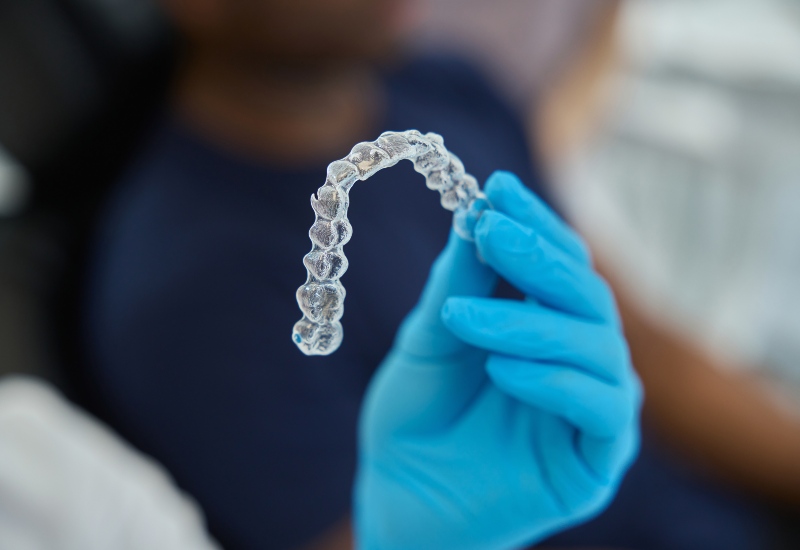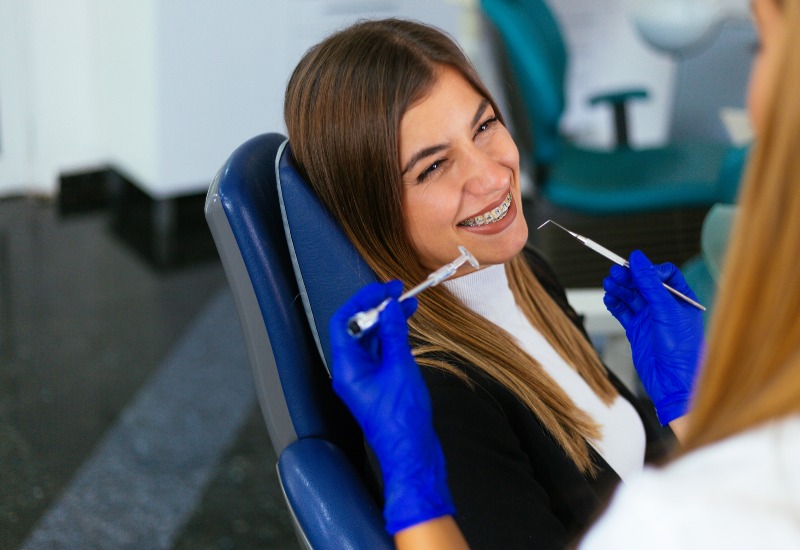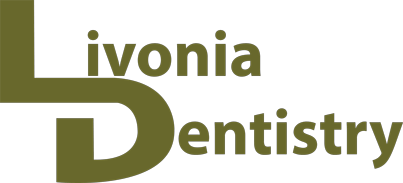Invisalign® vs. Braces: Which Delivers Better Results?
The way we think of orthodontics has majorly changed over the past few decades. While metal braces were once the gold standard, today’s patients are increasingly interested in clear aligners like Invisalign®. This shift has occurred for many reasons, not the least of which being that adults and teenagers prefer more discreet treatment and easier oral hygiene routines. Nevertheless, popularity doesn’t always equal effectiveness. Each orthodontic treatment has advantages and limitations. So, let’s take a look at Invisalign® vs. traditional braces, and learn which may be best for you.

A Look at Your Orthodontic Options
We’ll start with an overview of both options. Either can be an excellent treatment, but the best one for you depends on your specific needs. Here’s what you need to know about each:
- Traditional Braces—This orthodontic treatment consists of metal brackets bonded to each tooth, connected by wires and secured by elastic bands. At each appointment, your orthodontist will adjust the wire tension to gradually move the teeth into place. Braces are often chosen when the patient has complex bite issues and severe crowding.
- Invisalign®—Although modern braces are much less visible than older ones, Invisalign® continues to offer the gold standard in discreet orthodontic treatment. These clear aligners are custom-made for each patient and gradually push the teeth into alignment. They can be removed for eating and brushing, but they usually need to be worn 20 to 22 hours a day for best results.
Invisalign® vs. Traditional Braces: The Pros and Cons
You might have heard lots of reasons why Invisalign® is better than braces. However, every patient is different, and for some, braces are actually the best choice. Take a look at the pros and cons of each option:
Traditional Braces
The main benefit of braces is that they can treat complicated, severe orthodontic issues. They apply constant pressure to the teeth, and you won’t need to worry about forgetting to put them back on after eating or brushing. Braces have been reliably straightening teeth for decades, and with such a strong track record, you can have peace of mind that your treatment is effective. Nevertheless, you’ll need to weigh these advantages against these disadvantages:
- Metal brackets and wires are visible and can affect self-confidence, though they are much less clunky than they used to be.
- You may need to avoid certain foods to prevent damage to the brackets.
- Cleaning around the brackets can be challenging.
- Some people find brackets uncomfortable, especially right after an adjustment.
Invisalign®
As the name suggests, Invisalign® clear aligners are virtually invisible to people who don’t know they’re there. While this is the main benefit, Invisalign® also allows much more convenience than braces. They can be removed for eating, drinking, oral hygiene, and even special events. You won’t have to deal with much special care, and you can maintain your normal brushing and flossing routine. But like braces, Invisalign® also comes with some disadvantages:
- Invisalign® works well for minor or moderate issues, but may not be able to address complex orthodontic cases
- You need to wear them up to 22 hours a day to achieve the best results, and inconsistent use can mean longer treatment times.
- Removable aligners can be misplaced, and replacements are expensive.

Are Traditional Braces Faster Than Invisalign?
It depends. Traditional braces do a good job of providing quick results for complex cases. The constant pressure and mechanical precision of braces allow orthodontists to make more major movements as necessary. However, Invisalign® has only improved over time. Imaging technology has made tooth movements more predictable and, therefore, allows orthodontists to streamline treatment. Ultimately, the biggest variable is patient compliance. Braces work continuously regardless of patient behavior, while Invisalign relies entirely on consistent wear. For most cases, there’s no clear frontrunner that works quicker.
Which Is Better, Invisalign® or Braces?
The truth is that Invisalign® and traditional braces are both fantastic orthodontic options, and the “best” treatment varies based on the patient. Those with complex issues often do better with braces, while patients with mild to moderate issues can benefit just as much from Invisalign®. Talking to your general dentist or orthodontist is the best way to know which is better for your unique situation.
Feel More Confident in Your Smile With Orthodontics
Whether you choose Invisalign® or traditional braces to address your orthodontic concerns, Livonia Dentistry is here for you. We’re proud to serve the Livonia, MI community with comprehensive dental services, as well as education about the treatments available. Have a question about Invisalign®? We can help! Contact us today to schedule an appointment to discuss your options.
